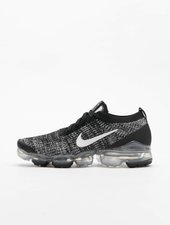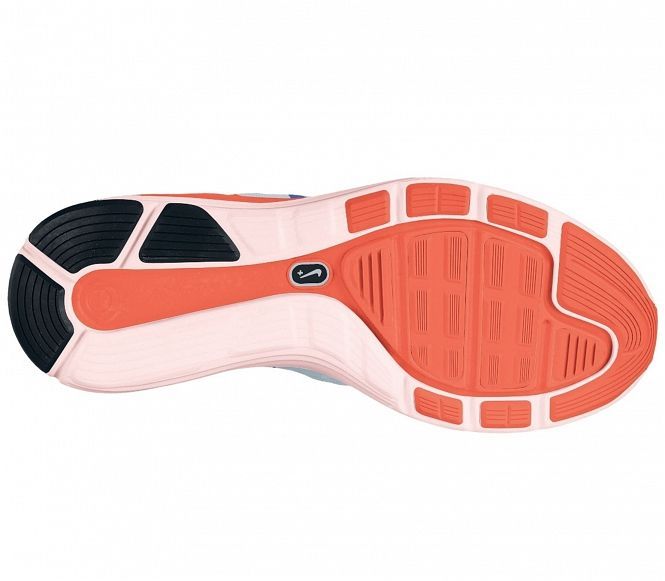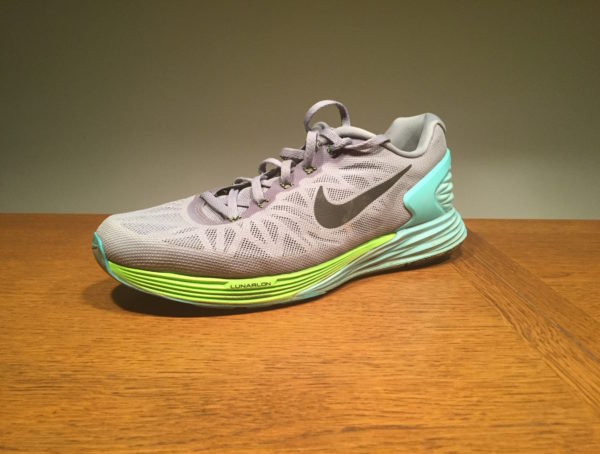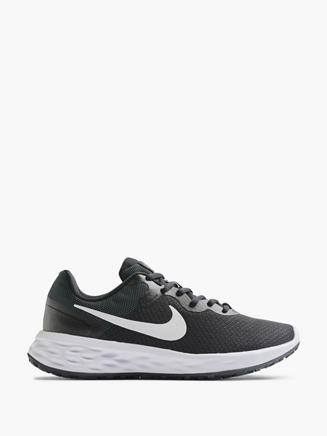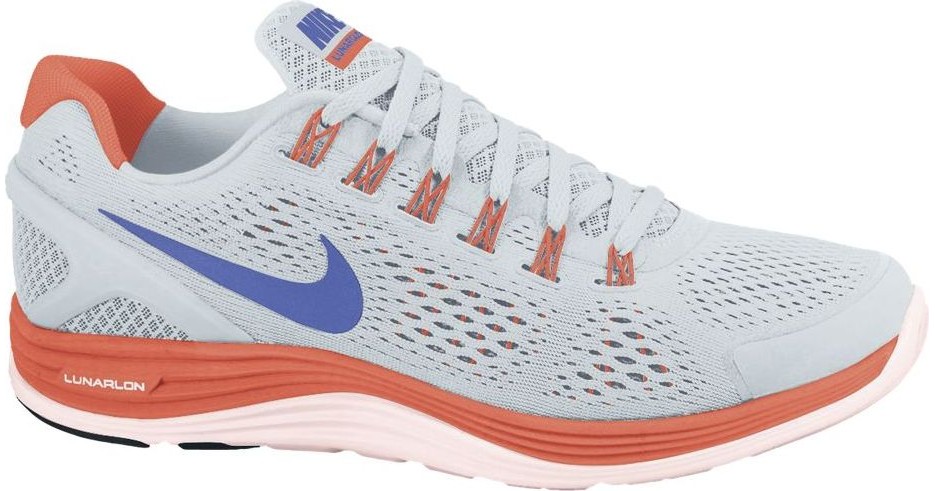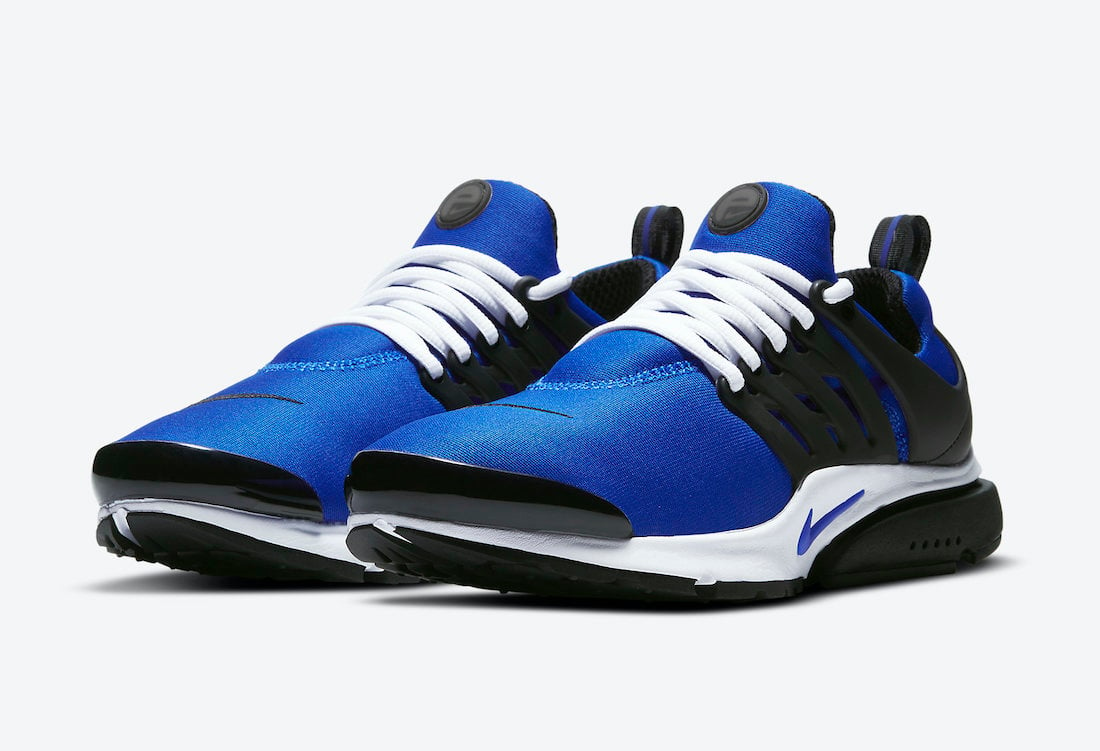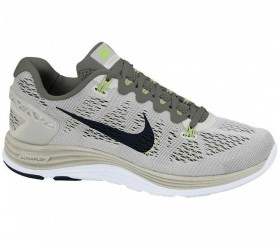
Nike Damen Lunarglide 9 Running Trainers 904716 Sneakers Schuhe (UK 2.5 US 5 EU 35.5, Black Anthracite Volt 007) : Amazon.de: Schuhe & Handtaschen

Nike Damen WMNS Lunarglide 6 Laufschuhe, Blanco (White/Black-Pink Pow-Spc Pink), 44 : Amazon.de: Schuhe & Handtaschen

nike shox electric blue light bulbs walmart - zeige Deinen sportlichen Stil - JointemsprotocolsShops | Damen Fitnessschuhe

Suchergebnis auf Amazon.de für: nike lunarglide 4 - Damenschuhe / Schuhe: Schuhe, Handtaschen & Accessoires


















